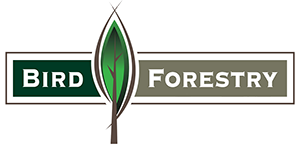Conservation Made Simple
Bird Forestry understands the delicate balance between land management and wildlife conservation. Our team of experienced wildlife biologists is dedicated to helping you maximize the ecological value of your property while meeting your recreational and conservation goals.
Contact UsHabitat Management Plans for Texas
We develop comprehensive plans tailored to your property's unique ecosystem, ensuring optimal conditions for a thriving wildlife population. These plans may include:
- Habitat assessments and inventories
- Targeted habitat enhancement strategies
- Wildlife population monitoring and management
- Recommendations for sustainable land use practices
At Bird Forestry, we believe in fostering a harmonious relationship between your land and its natural inhabitants. Through our meticulous habitat management plans, we empower you to create a sanctuary for wildlife, enrich biodiversity, and ensure the long-term health of your Texas property.
Contact us today to discover how we can transform your land into a thriving ecosystem that benefits both you and the environment.
Ecological Services
We offer a range of specialized ecological services to support your conservation efforts and mitigate environmental impacts:
Mitigation Banking
We assist with the creation and management of mitigation banks to offset unavoidable habitat losses due to development or other activities.
Conservation Easement Projects
We help landowners establish conservation easements to protect critical habitats and ensure their preservation for future generations.
Environmental Impact Assessments
We conduct thorough assessments to identify and mitigate potential ecological impacts of proposed projects.
Contact UsUnlock the Benefits of a Thriving Ecosystem
Bird Forestry
Partner with Bird Forestry to create a vibrant wildlife habitat on your property. Our wildlife services can help you:
- Increase Biodiversity
- Enhance Recreational Opportunities
- Generate Potential Income Through Conservation Programs & Hunting Leases
- Leave a Lasting Legacy of Environmental Stewardship
Contact us today to discuss your wildlife management needs and discover how we can help you achieve your conservation goals.
Contact Us